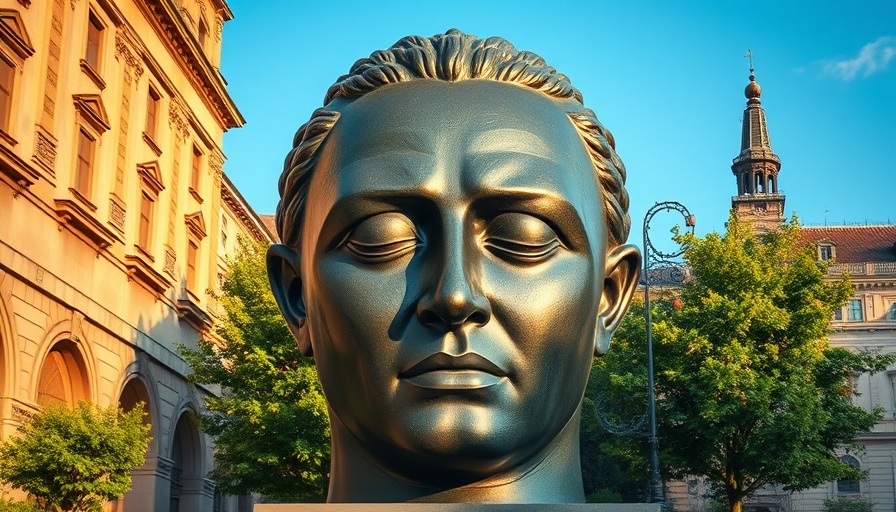
Commemorating 250 Years: The Smithsonian’s Role in American History
The White House's recent directive to review exhibits at the Smithsonian museums is poised to reshape the narrative surrounding America's 250th birthday. This initiative, articulated in a letter from the administration, emphasizes a need to align cultural displays with a version of history that highlights American exceptionalism. As stakeholders await the outcomes of this review, the implications are vast, especially concerning how history is presented to future generations.
Understanding the Objectives of the Review
The White House insists that the assessment aims to remove divisive narratives while restoring confidence in cultural institutions. This effort arrives in a time of national introspection, where history's portrayal, especially regarding race and identity, remains contentious. The administration's letter demands a comprehensive review of content across eight major museums, including the National Museum of American History and the National Museum of African American History and Culture.
The Cultural Impact: What’s at Stake?
Civil rights leaders express deep concern over the administration's focus on the National Museum of African American History and Culture, fearing that it could minimize the significant contributions and challenges faced by Black Americans throughout history. The Smithsonian has reiterated its commitment to factual representations of history, but previous actions—like the removal of references to former President Trump’s two impeachments—cast a shadow over these assurances.
What Can We Expect Moving Forward?
As the review unfolds, the potential for cultural shifts in how history is narrated looms large. The Smithsonian's adherence to scholarly excellence will be tested against political pressures aimed at reshaping public perception of certain historical figures and events. Observers will undoubtedly scrutinize how this impacts the educational integrity of the institution as the celebration of American history approaches.
As we navigate through these changes, it is essential for the local community and visitors alike to engage with these evolving narratives. They represent not only art and culture but also the complex tapestry of American identity.
 Add Row
Add Row  Add
Add 




Write A Comment